MusicRadar Verdict
Fabulous pads and a solid, responsive module work together perfectly to deliver what is a very convincing package. For real world drummers needing to strike that bang-for-the-buck balance, it's an excellent option.
Pros
- +
Compact enough for home or bedroom. Helpful practice features. 44 playalong tracks. Features Yamaha's excellent Textured Cellular Silicon surface.
Cons
- -
Looks boring. Single zone-only tom pads. Not a huge range of editing options.
MusicRadar's got your back
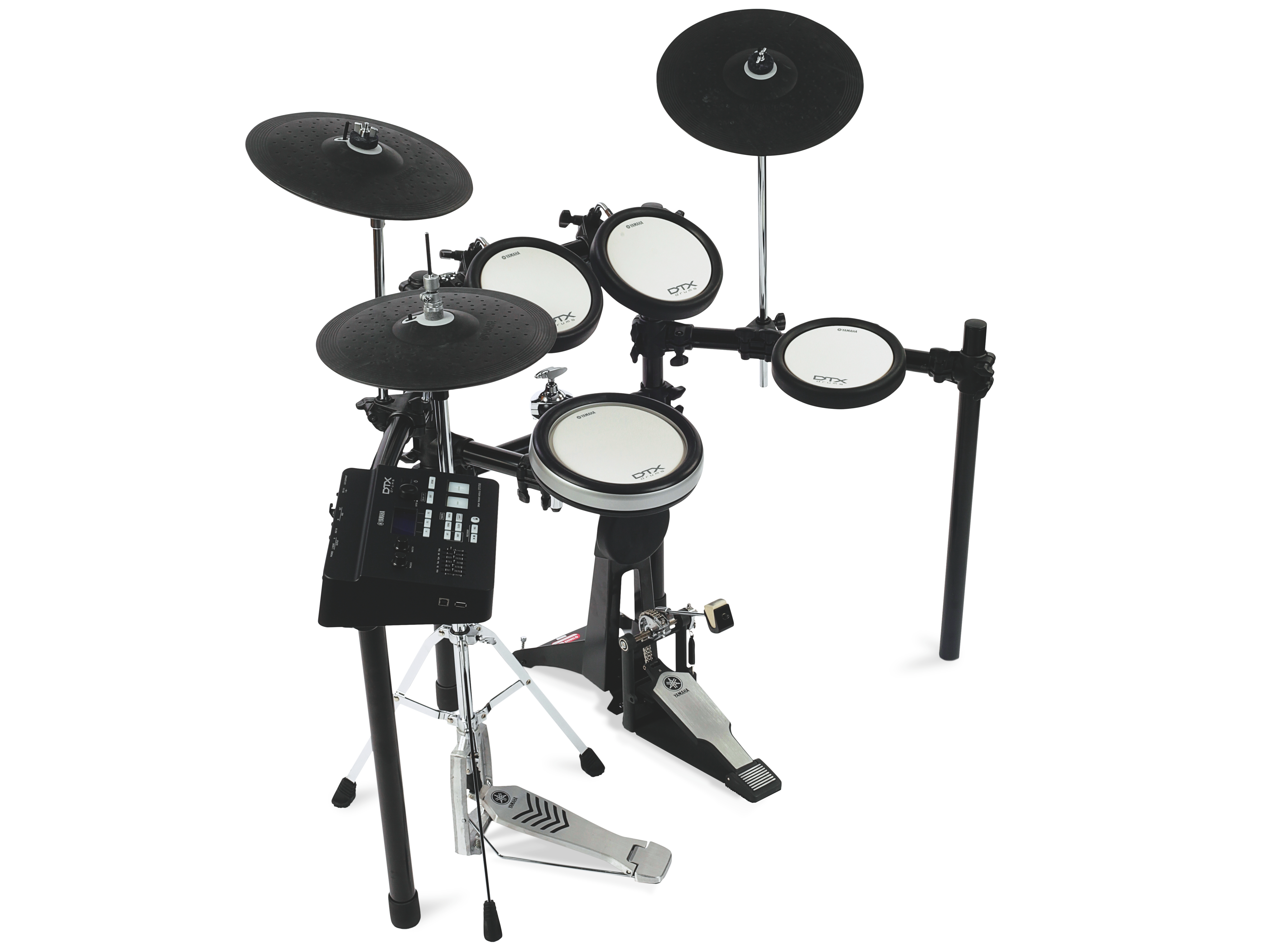
Yamaha DTX700K
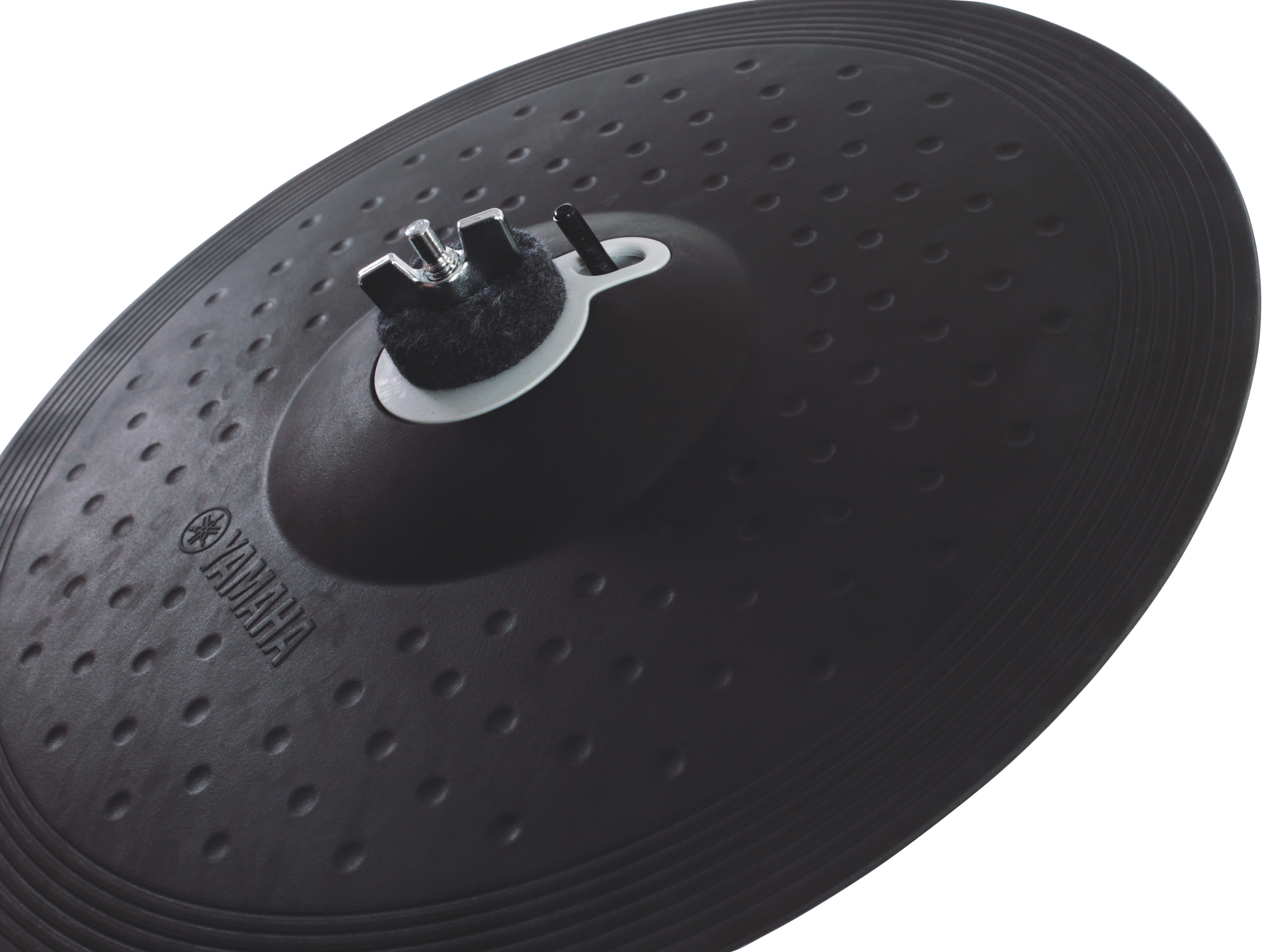
Yamaha DTX700K
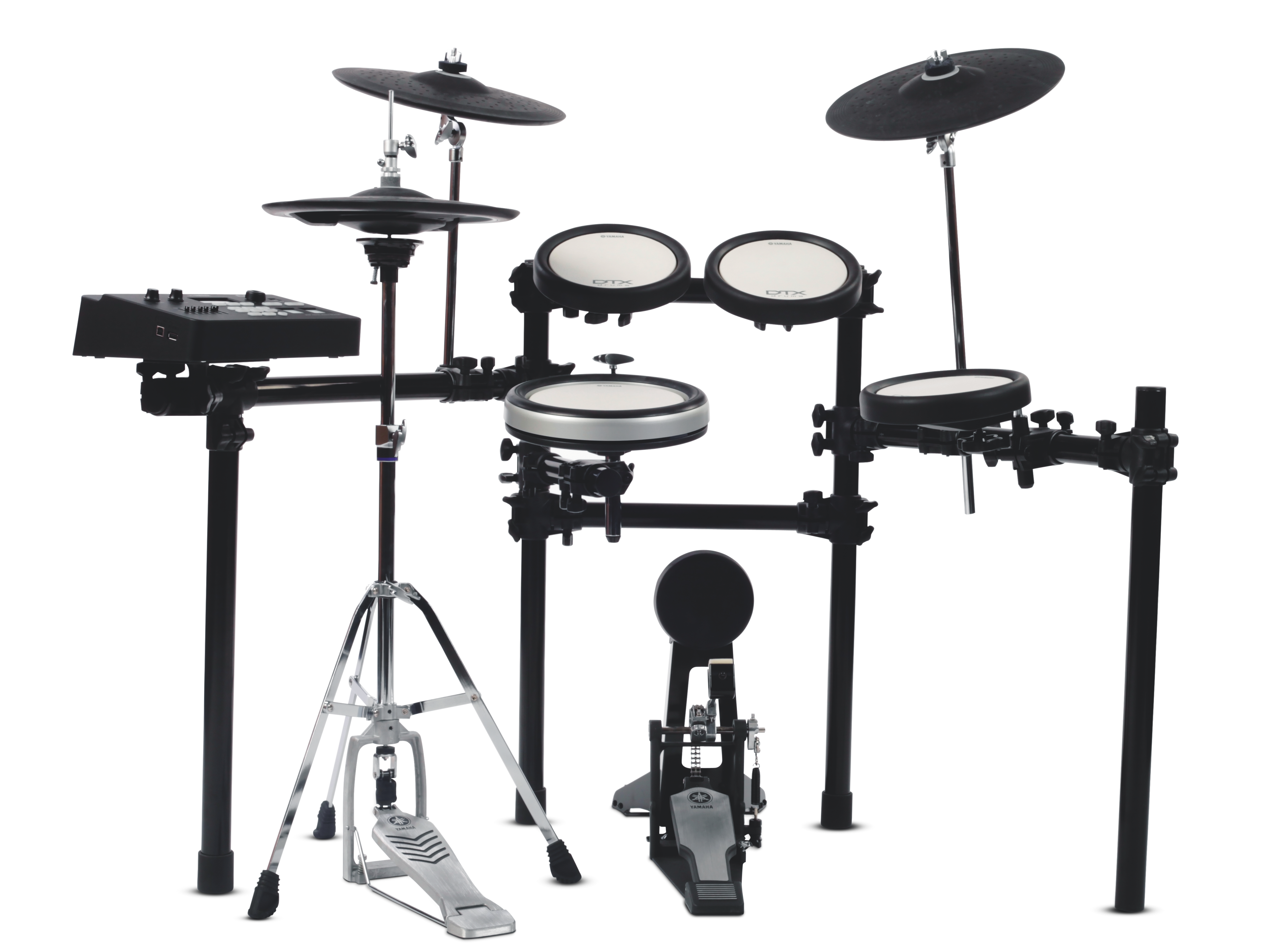
Yamaha DTX700K
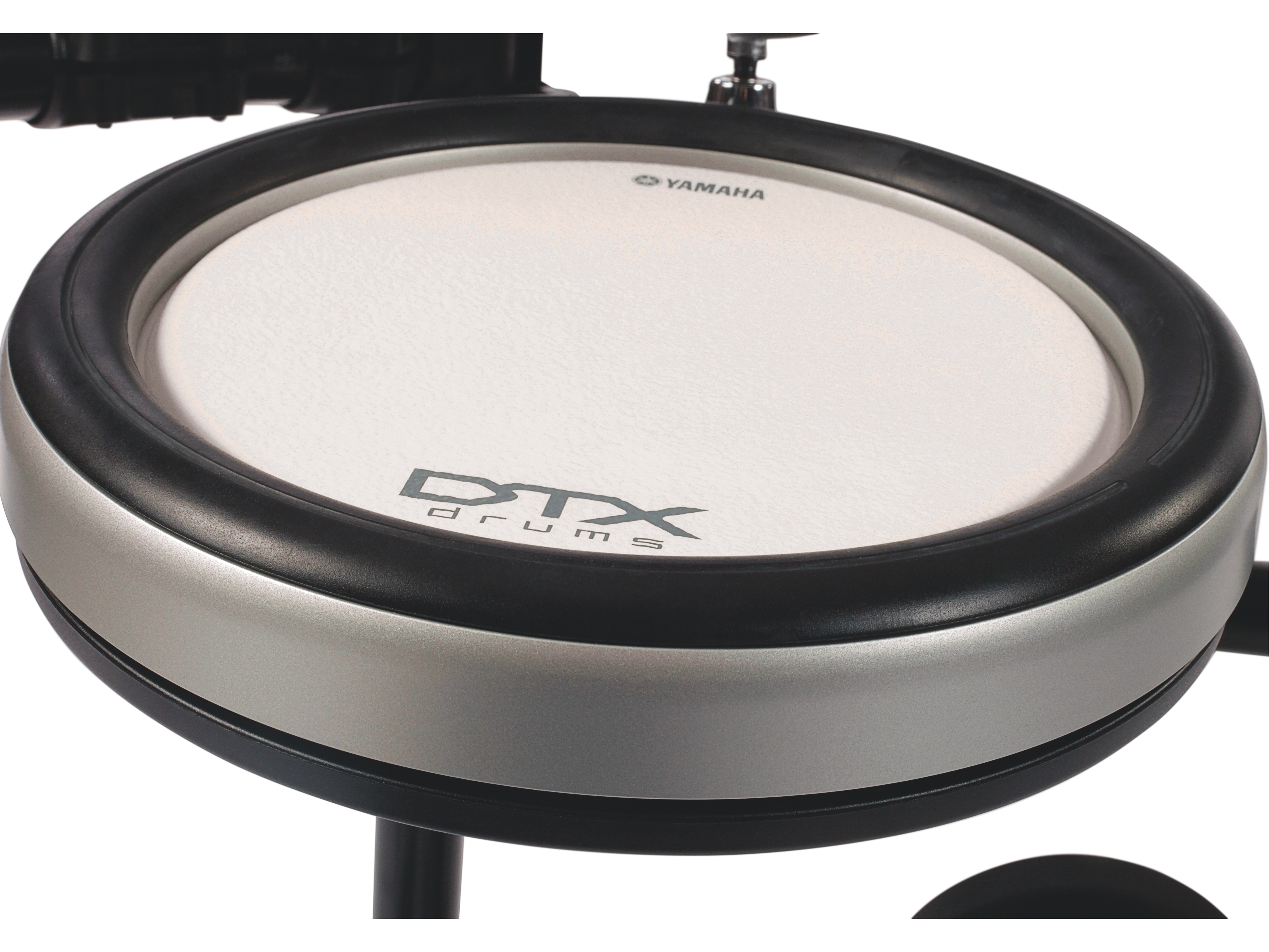
Yamaha DTX700K
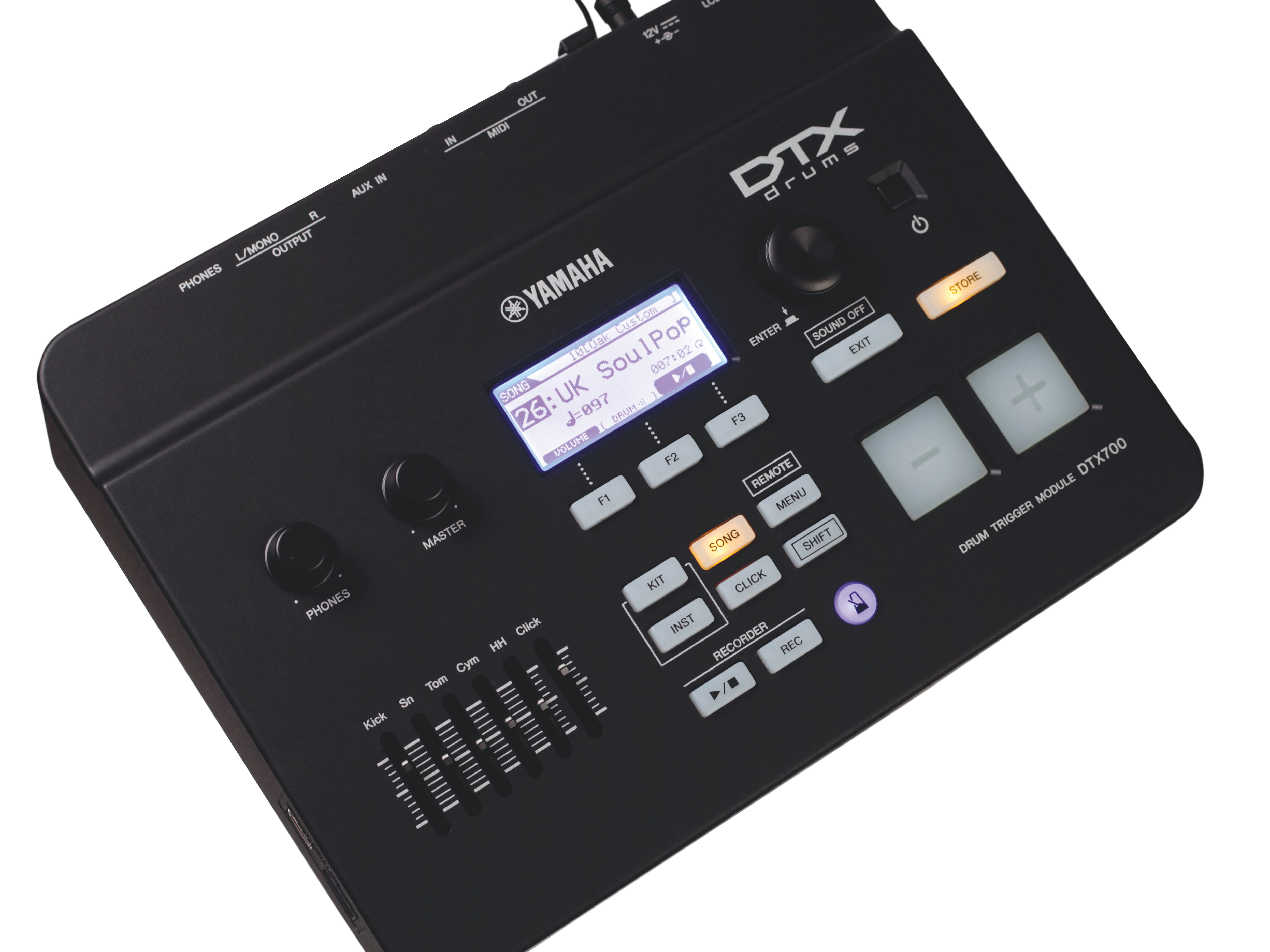
Yamaha DTX700K
Despite increasing activity at the lower end of the market - with new budget options from various brands arriving almost week-by-week it seems - higher up the electronic drum ladder it's still Roland and Yamaha that dominate. The competition between the two shows no signs of abating.
And it's good news for punters, as they push each other to constantly improve specs, playability and sounds.
- The best Yamaha electronic drum sets you can buy
"The pathetic sound of just a few hits per bar making it through the Rhythm Gate really focuses your time-keeping efforts."
Yamaha's popular DTX series has been around for a good while now, testament to the company's dedication to ongoing refinement, and the new DTX700K here looks to exemplify the hard work that continues to go into the series.
In the key, mid-market sector, Yamaha has its hopes pinned on the 700K and its slightly higher-specced sibling, the DTX750K.
Both are designed to deliver big in the real world, where price, performance and indeed proportions are keenly balanced. In terms of the latter, the DTX700K impresses right away.
Build
This is a perfectly-sized set-up; not as enormous and sprawling as the DTX900s, but in no way cramped. As such it's a great choice for home practice or rehearsals - you'll still need a decent-sized room to house it, but it doesn't need a master bedroom all to itself.
Sit behind it and everything falls easily to hand, with none of the squashed-in feeling that more affordable kits often exhibit.
The 700K sports the excellent DTX-PADS where the drums are concerned, specifically an XP80 three-zone snare pad and a trio of XP70 single-zone pads for toms. They're not huge in diameter (8" and 7" respectively), but strike a good balance between playability and size.
The DTX-PADS feature Yamaha's proprietary Textured Cellular Silicon playing surface, which is remarkably quiet and feels fantastic. It's by some margin our favourite option of all the electronic head offerings currently available, thanks to its yielding but positive response.
In other words, there's just the right amount of bounce from the head, but a solid, definite feel under the stick that makes playing pain-free and rewardingly close to a standard drum head.
Where the DTX700's drums are great-feeling but limited to single zones on all but the snare, its cymbal set-up is rather more generous in this regard.
Both crash and ride duties are taken care of by PCY135 triple-zone pads, thus allowing access to bow, bell and edge tones (the pads are also chokeable).
The RHH135 hi-hat controller is also a welcome addition - its dual zones take care of a variety of tonal options while the fact that it mounts on a regular hi-hat stand means it's in a different league to cheaper kits, with fixed pads and electronic pedal control.
The DTX700 module really does justice to the rest of the kit, too. Yamaha continues to harness the R&D efforts that go into its flagship Motif synths where its electronic drums are concerned, and the DTX700 boasts no less than 1,396 voices, arranged into 50 preset kits, with 10 spaces for users to create and save their own.
The sound and dynamics of the DTX line has improved leaps and bounds in the last few years and it's reassuring to note that Yamaha seems committed to making advances with modules as important as the 700.
Talking of which, the new brain also allows the importing of WAV and AIFF sound files, so you can load in one-shot samples of loops and integrate these with what's already on offer from an impressive device.
Hands on
You'll have gathered that first impressions of the Yamaha DTX700K are strong. And when it comes to a thorough audition, there's little that feels lacking in Yamaha's new mid-ranger. As mentioned, the DTX-PADs always feel excellent and the necessary cost-cutting in terms of the single zone-only tom pads is wholly acceptable.
The snare, after all, is the most important instrument, so Yamaha judges well in giving us the three-zone XP80 here, but we don't miss extra-zone toms at this price.
The XP80 proves itself a great little performer. Combined with some satisfyingly subtle and responsive sounds from the module, the snare pad does a sterling job of translating a wide range of dynamics into feathery ghost notes and ear-cracking backbeats.
You will notice even better response from the 900 series, but Yamaha's more affordable kits have never sounded or felt better.
Plain looks
If there's an area where the DTX700K stumbles slightly, it's in the aesthetics of its module. A bit bland compared to Roland offerings, it doesn't match the slick appearance of those TCS-equipped pads. But it nonetheless proves easy to navigate around.
There's not the level of deep editing on offer as with top-end brains, but parameters are easy to access and tweak, and there's a sense of organic changes being made, rather than simple EQ curves being applied to sounds when they're altered.
Given the DTX700K's status as a home/bedroom-friendly set-up, it's good to find a couple of very useful practice features built into the module's spec.
The Groove Check function monitors timing and gives a visual display of just how close to being bang on the beat you are. Or how lazily behind or rushing ahead you are - it's frustrating but super-useful.
Equally likely to have you pulling your hair out, as it unflinchingly highlights issues with your groove, is the Rhythm Gate. In hilarious fashion, this mutes notes that aren't in time, allowing you no quarter whatsoever. The pathetic sound of just a few hits per bar making it through the Rhythm Gate really focuses your time-keeping efforts.
You can also work on your feel alongside no less than 44 playalong tracks. Not all of them will inspire your best work, but there are some decent-sounding songs within, and certainly better than previous DTX incarnations.
Is the DTX700K the best DTX we've seen so far? Definitely. The range has been getting better and better of late, and this new arrival is a big step in the right direction for Yamaha.
“I used everything I knew about music”: How Green Day exceeded expectations with their most ambitious song
YouTube just added AI tools that makes musicians, library music and video editors redundant
“Every one of them said yes without hesitation": Hank Marvin and Roger Taylor have just remade a '60s classic for charity









